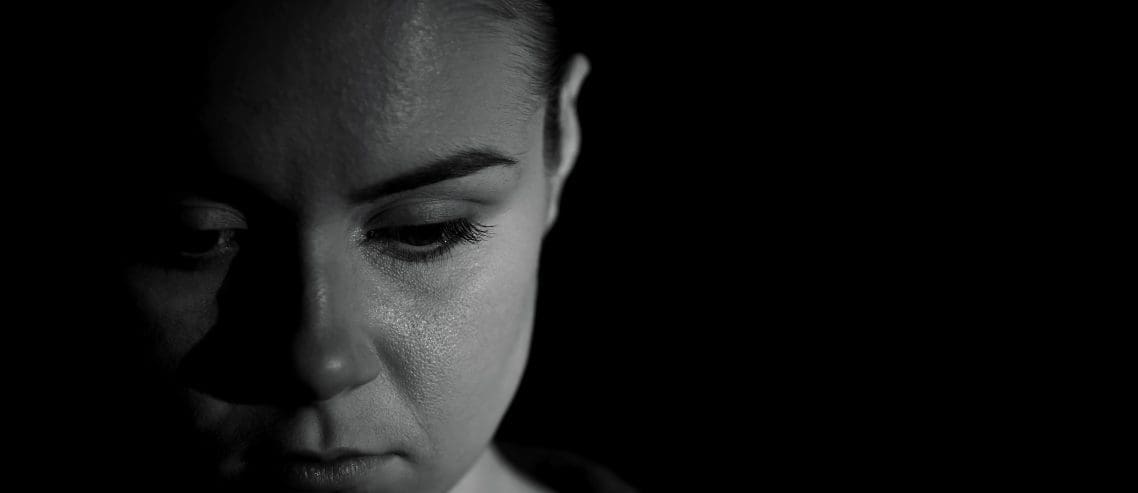Women in Recovery: Addiction and Gender Bias
When it comes to substance use disorders, gender affects everything from how alcohol and drugs are metabolized to the social and cultural impact of substance use on the kind and support and treatment available. Add in compounding factors like race, ethnicity, and socioeconomic status, and it’s easy to see why women’s recovery hurdles might feel insurmountable.
This article is for anyone interested in understanding gender differences in substance use disorders and the role of women’s issues in recovery from addiction.
Women and the Biology of Substance Use
According to research, there are discernible gender differences in substance use disorders. Women actually experience substance use differently than men from a biological perspective. For example, women metabolize alcohol and drugs more slowly, which means women experience higher concentrations for longer periods of time. The result of this physiological phenomenon is often that a woman’s substance use disorder will progress faster and leave the woman more susceptible to relapse.
Here are some of the most significant biological differences between men and women when it comes to how the body reacts to substance use.
- Because women have both a higher percentage of body fat and a lower total percentage of water than men, fat-soluble substances such as alcohol are often stored in women’s bodies for more extended periods. This leads to quicker intoxication and potentially prolonged effects.
- Women tend to have lower activity levels of the enzyme responsible for metabolizing alcohol. This means women will experience a higher blood alcohol concentration for a longer time than men. Similarly, women’s lower levels of certain liver enzymes result in slower drug clearance rates, resulting in a higher concentration of the drugs in their bodies.
- The fluctuations in women’s hormonal levels — including estrogen — influence the rates at which drugs are metabolized and eliminated from a woman’s body, potentially enhancing the rewarding effects of certain drugs and increasing the risk of dependence.
Gender Barriers to Accessing Substance Use Care for Women
Along with differences in how men and women metabolize and react to alcohol from a physiological perspective, there are social and cultural factors that influence a woman’s access to treatment. For instance:
- Stigma. Studies confirm that women experience higher levels of stigma than men do when it comes to seeking treatment for substance use disorder (SUD). Since stigma is a barrier to recovery, shame, guilt, and fear of ridicule negatively impact many women’s willingness to ask for help.
- Financial issues. Women — due to lower pay and higher rates of poverty — often lack the financial resources necessary to seek treatment.
- Logistical barriers. Women have significant logistical barriers to seeking SUD treatment. These include finding childcare, finding help running the household, and finding financial support.
- Fewer female-centric programs. Women have fewer options when it comes to gender-specific treatment and services, significantly reducing their comfort levels when it comes to seeking help.
These gender barriers in alcohol recovery and substance use recovery are compounded for women in the BIPOC (black, indigenous, people of color) community. Research suggests that BIPOC women experience more pronounced barriers to treatment than their white counterparts, including a lack of health insurance coverage and the inability to find suitable resources.
The Impact of Disparities on Women’s Health and Well-being
Without appropriate substance use disorder treatment, women can end up experiencing significant physical and mental health repercussions, including:
- Overt signs of alcohol or drug dependence, including weight loss or gain, sleep disorders, slurred speech, tremors, and bloodshot eyes
- Weakened immune system resulting in frequent illness
- Organ damage, such as liver, lung, heart, and brain damage
- Increased risk of cancer, seizures, stroke, and SUD-related death
- Recognizable changes in mood, behavior, and appearance
- Development of depression and anxiety
- A worsening of existing mental health conditions like schizophrenia or bipolar disorder
In addition, women active in substance use are likely to alienate the people closest to them, further isolating them and making support systems less accessible. Family dynamics — including relationships with children and romantic partners — become strained and can even break down completely. Alcohol and drug use can cause problems at work or school, contributing to financial instability and interfering with career advancement and opportunities.
Promising Practices and Innovative Solutions
Fortunately, more and more inpatient treatment centers and behavioral health professionals are recognizing the need to tailor both prevention and intervention strategies to women and their needs. Along with helping to reduce the stigma of treatment by providing nonjudgmental and supportive care, SUD treatment facilities are beginning to offer childcare support, as well as address the prenatal and postnatal care needs of women in recovery.
Finding the Help You Need
If you are a woman in recovery or someone looking to enter treatment, you don’t have to go it alone. At Retreat Behavioral Health, we understand women’s issues in recovery from addiction and the challenges women face when seeking substance use recovery services. We are committed to doing everything we can to eliminate barriers to treatment.
To learn more about how we can provide you with a safe and stigma-free environment to begin your recovery journey, please contact us today.




